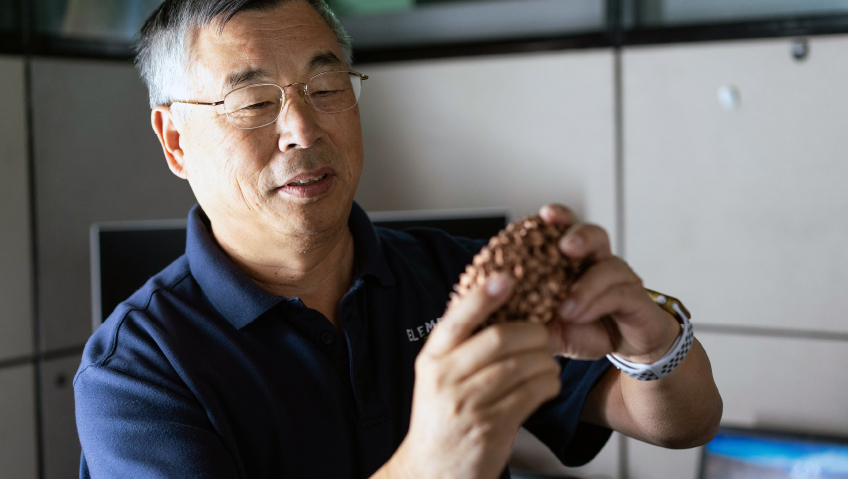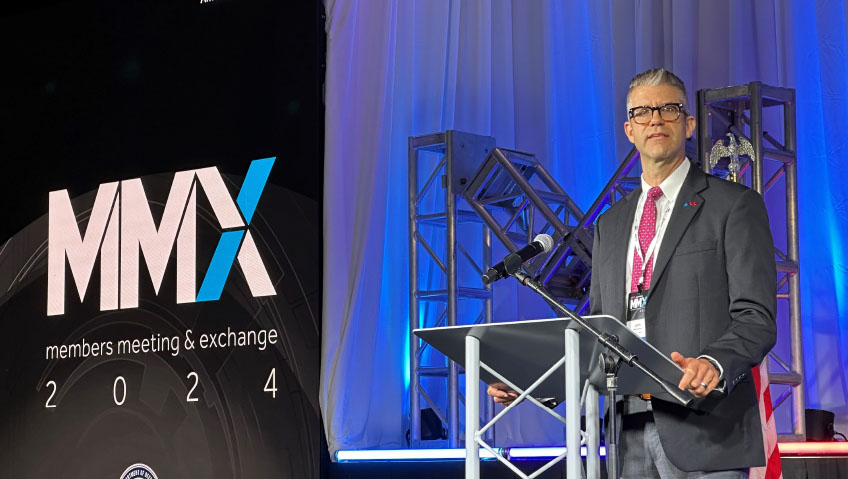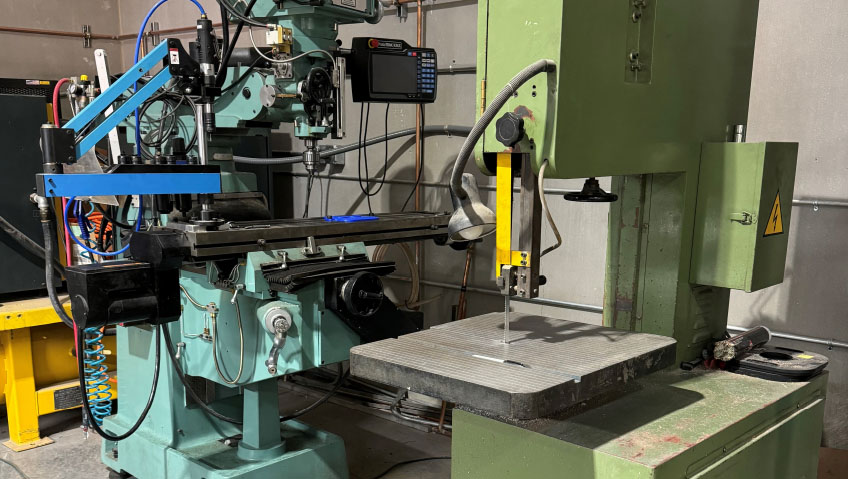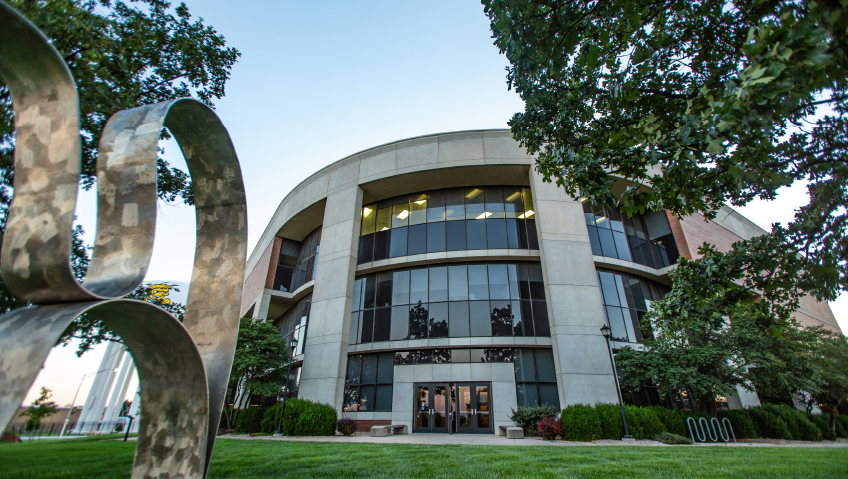Leading the industry in creating improved metal AM (additive manufacturing) powders and 3D printing powders, Elementum 3D provides next-generation, high-performance alloyed materials and parameters for a variety of printer operations.
Experts in the marketing and distribution of innovative 3D-printed metal alloys, ceramics, and composites including aluminum, copper, nickel, steel, tantalum, tungsten, and invar36, Elementum has enabled the 3D printing of previously unprintable and unique materials, while increasing the characteristics and availability of the most cutting-edge metal-alloy powders and 3D metal powders thanks to its patented Reactive Additive Manufacturing (RAM) technology.
By utilizing this RAM technology, manufacturers can now enhance their existing applications and create entirely new ones that yield performance outcomes and benefits beyond the already astounding advantages of AM technology. RAM creates alloy powders with sub-micron ceramic reinforcements to print high-performance, reproducible parts at a reasonable cost.
Elementum’s metal, ceramic, and composite powders, as well as their variations, increase the qualities of an additively built product, including stability, hardness, durability, low magnetic permeability, strength, conductivity, and ductility. The produced product is perfectly suitable for the harsh conditions and exact tolerances needed in sectors such as aerospace, automotive, energy, defense, healthcare, and tooling.
Some of the metals used by Elementum include six varieties of aluminum additive manufactured powder that offer a wide variety of high-performance properties; copper, which is extremely versatile and used for applications in nearly every type of industry; nickel superalloys that deliver excellent mechanical strength and creep resistance at high temperatures, good surface stability, and corrosion and oxidation resistance; and tantalum, a refractory metal with high ductility, exceptional biocompatibility, a high melting point, and the most corrosion resistance in common use today.
The company is also looking to work with steel alloy-based additive manufacturing powder that offers excellent mechanical strength, higher resistance at high temperatures, and good surface stability; and tungsten, a high-performance additive manufacturing powder that is the hardest pure metal with the highest tensile strength at temperatures above 1650°C.
In addition to providing powders for additive manufacturing in these different metal alloy groups, Elementum can combine other metals upon request from customers.
“I started Elementum 3D a decade ago now in 2014 with the focus of expanding the materials library for additive manufacturing,” says President and Founder, Dr. Jacob Nuechterlein. “At that time, there were approximately eight different metals that were printed commonly, and so our focus was to expand that capability to match what was in other manufacturing spaces. You can go to a machine shop and choose from 60 different aluminum alloys, much less eight metals total. So that was our goal; that was our focus. We’ve printed over 50 different alloys and have released for purchase 12 products in that timeframe.”
While Elementum has numerous excellent products to highlight, Nuechterlein mentions the company’s supply of aerospace-grade aluminums to an aerospace-dominated market in particular. Originally starting with aluminum, the company now also supplies nickel alloys, coppers, and other materials, with its most popular product now being the 6061 RAM2. “In fact, the 6061 RAM2 was the first material to be fully qualified through NASA standards at JPL (Jet Propulsion Laboratory),” he says.
NASA tasked Elementum 3D with collaborating closely with RPM Innovations, Inc. and their RAMFIRE (Reactive Additive Manufacturing for the Fourth Industrial Revolution) project engineers and scientists to design and fabricate a 36”-diameter aluminum aerospike rocket demonstration nozzle using Elementum’s A6061-RAM2 material. The build was carried out by RPM Innovations using their large-format LP-DED method, which combines wire or powder feedstock along with a focused energy source to produce 3D-printed items. Metal fusion and deposition happen at the same time with DED, while a nozzle operates in strictly controlled atmospheric conditions to drop material into the concentrated beam of a high-power laser. As the tool path moves forward, the feedstock melts and deposits.
While the previous method used laser-powder bed fusion (L-PBF) printing to create lightweight, additively made aluminum alloys that could withstand extreme temperature gradients of up to 6000°F in order to enable large-scale production, the aim was to convert rocket engine technology to a laser powder-directed energy deposition (LP-DED) technique. The RAMFIRE project used Elementum 3D’s A6061-RAM2 to print a large-scale LP-DED aerospike demonstration nozzle with integrated channels.
The aerospike’s rocket nozzle plume exits externally through an inside-out design as opposed to the conventional bell-shaped nozzle, with the primary benefit being that atmospheric and airstream pressure maintain the plume at ideal conditions for the rocket’s full trajectory as it climbs. This makes it possible for engines to operate with extreme efficiency, performing better across a range of pressures and altitudes and carrying larger payloads with a reduction in overall rocket weight.
With its unique RAM technology, Elementum has amassed significant knowledge and experience since 2014, when it began producing high-strength powdered aluminum feedstock that is “impossible to print.” Standard aluminum alloys are extremely vulnerable to hot ripping, a kind of fracture that occurs when heat and pressure build up quickly during laser welding operations. For this reason, the industry deems common wrought aluminum alloys, such as AA6061, to be non-weldable. The solidification process is regulated by Elementum 3D’s RAM chemistry, which results in printed material with strength comparable to—and sometimes even greater than—wrought aluminum, as well as finely grained, crack-free microstructures.
“So that’s been incredible, even over the last year or year and a half, where we’ve seen a massive uptick in adoption of our products and of new products,” says Nuechterlein. “People have begun to accept that you’re going to have to have unique alloys for additive manufacturing, as opposed to just trying to copy-paste what people have done in forgings and castings. So because that’s coming across, people are now fully developing qualification processes. They’re allowing us to help them and to support them in those efforts to do full qualification programs, either through federally funded projects, through programs like America Makes, or through project-based programs.”
The qualification and the acceptance of new products into the manufacturing world for additive manufacturing has been “pretty staggering” over even the last year to two years, he adds. And while metals—and the mining of them—aren’t always viewed kindly, Elementum has also managed to build environmentalism into its processes.
“For our products in particular, we can start with scrap material, scrap aluminum, because we’re starting with a common alloy,” Nuechterlein says. “We’re starting with standard, common materials like 6061 aluminum, which is the most popular alloy of aluminum we use in manufacturing. We start with that, and then we turn it into a powder form, and then we add our special additives to it to make it printable. It is a unique chemistry for printing, but we can start with scrap from other industries, and we don’t have to use bespoke or unique casting billets to form our products.”
It’s an important aspect of the company’s work, he says, and a “big deal” as it means Elementum can use recycled aluminum as its feedstock to make the metal powder. And it’s also often a priority for the company’s clients.
“We definitely have some customers that consider it important for them that we can start with scrap aluminum, or even their own scrap,” says Nuechterlein. “So they may be machining parts out of 2024 aluminum and they want to print parts out of 2024 aluminum as well. That’s something where we can start with.”
And it’s definitely unique to Elementum in the case of aluminums, he adds. “We’re starting from raw aluminum, as opposed to starting from scratch. So that’s something that is unique to Elementum.”
Also unique to the company is its ongoing commitment to advancements in printed materials technology. “We have new products that are coming out. We’re going to be releasing new high-temperature copper products, and we’re also going to be releasing new very high-temperature aluminum products,” says Nuechterlein. “Those are the two in the near pipeline. We were just actually funded to fully build out our Haynes 230 nickel, and then also we were fully funded by DARPA (the Defense Advanced Research Projects Agency) to complete a development as well. So there are maybe four products coming out in the near future,” he tells us.
Elementum is also transitioning from initial qualification into production projects right now, which is an important transition for the entire industry, he says. “We’re seeing a transition from starting to do qualifying and seeing if we like it; now we’re looking at scale and volumes and production contracts.”
Any challenges, he says, tend to be scale-related with the raw materials business in general tending to perform better at larger scale. “You need more production and larger volumes to really get going, I think. That’s a challenge and an opportunity at the moment… we’re right on the precipice, I would say, for raw material companies really beginning to wildly succeed, because volumes are starting to pick up.”
But as Elementum continues to grow and exceed, generally its most exciting projects and programs are ones the team can’t really talk about, he adds, even though they’re breaking records behind the scenes.
“We’re breaking records for rocket technology and in automotive where we’re doing things that are really, I think, strong and exciting, and we can never talk about them,” says Nuechterlein. “I think everyone in the industry faces that challenge—the things that are most interesting you can’t really scream to the hilltops. But safe to say, the most exciting things will be revealed three years in the future.”
Aside from its impressive achievements in the industry, the company also manages to maintain exceptional attention to customer care. “We help with that business case and qualification step, so we don’t just hand you the material and say good luck,” says Nuechterlein. “We tend to want to be a part of the development of the project, the qualification process.”
Overall, Elementum has found that the programs that work best are when the company is included in the program and helps support that customer all the way through to full production. “Customer service and customer intimacy are the most important pieces of what we do, which is odd for a raw materials or a consumable supplier,” he adds. “We win when they go into big, large production runs. We have to get them into full production for it to be a big win for all of us. That’s our focus: to help them win and figure out ways that we can support each other to give them better chances of success.”






